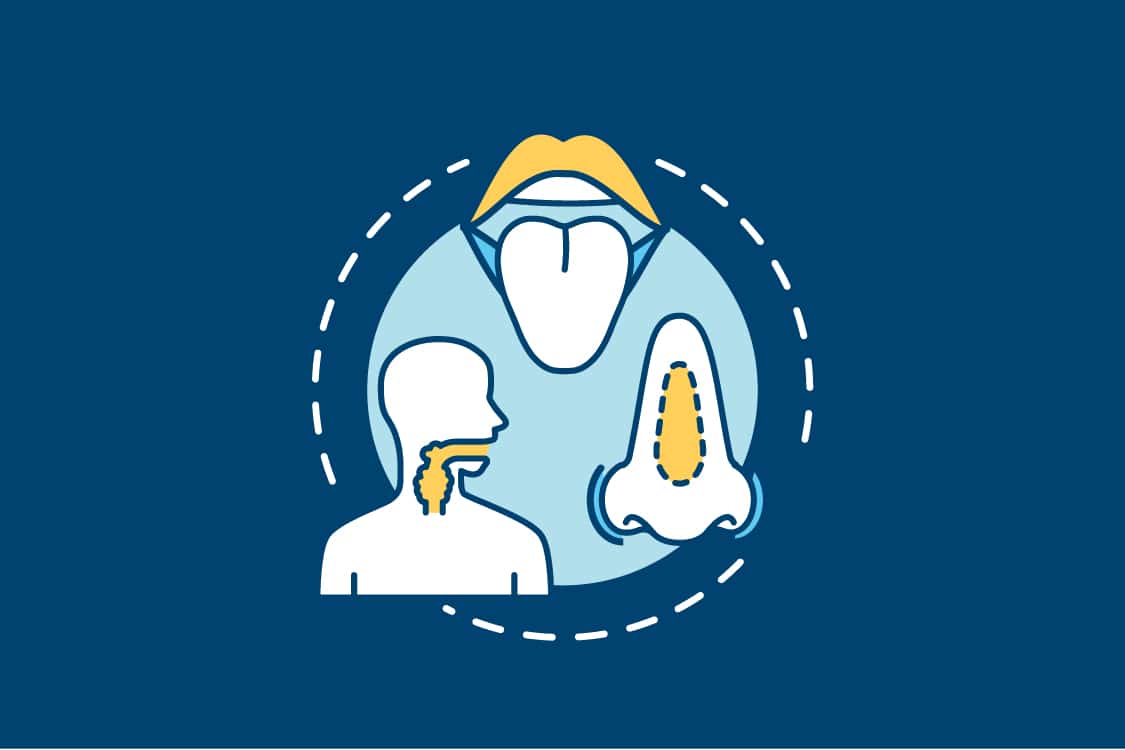Undergoing treatment for cancer can be a difficult journey. For people diagnosed with head and neck cancer, radiation or surgery can lead to a condition known as lymphedema — swelling in the face, head or neck.
Lymphedema is caused by the abnormal accumulation of lymph fluid in a certain part of the body. The lymph nodes and vessels carry lymph fluid to your heart in much the same way your circulatory system carries blood.
If lymph nodes are removed during surgery or get damaged during radiation, this can affect how easily the fluid is moved out of the area. The fluid collects under the skin, and such swelling can also affect the ability to swallow, says Anna Dawson, an occupational therapist with St. Dominic’s Outpatient Rehabilitation.
The rehabilitation center has been helping patients in Mississippi for more than 30 years with services for orthopedic rehab, hand management, lymphedema and other conditions.
In the past, lymphedema patients might have been told that nothing could be done for their condition. However, there is a successful therapy available to improve the condition.
“Lymphedema therapy can help to decrease the side effects to help reduce pain and swelling and allow the patient to return to a more normal function or lifestyle,” Dawson says.
Complete Decongestive Therapy, known as CDT, is a proven and effective treatment that removes excessive lymph fluid from the body.
What’s Involved in CDT and What Are the Benefits?
The main components of CDT include:
- Manual lymph drainage, a gentle massage-like technique that stimulates superficial lymph vessels and moves fluid toward functioning lymph nodes
- Compression bandages, which assist venous and lymph return, improve effectiveness of muscle pump during activity and help to preserve the results achieved by manual lymph drainage
- Skincare in the event of an open wound or skin breakdown to reduce the risk of an infection
- Gentle exercises with external compression to increase the rate in which fluid is removed
- Patient education on causes, self-management and risk reduction practices
The benefits of this type of therapy for patients with lymphedema include returning the swollen body part to a normal size, decreased pain, improved range of motion and functioning, less chance of cellulitis (skin infection) and an overall improved quality of life.
What Else to Know About CDT?
Most insurance requires a physician referral to enter the therapy program.
On average, treatments last one hour and are needed 3-5 days per week for 4-5 weeks. Mild lymphedema present for only a short time may only take a couple of weeks to resolve, whereas it may take longer for those with long-standing lymphedema, fibrosis (hardened tissue) or other complicating medical factors.




